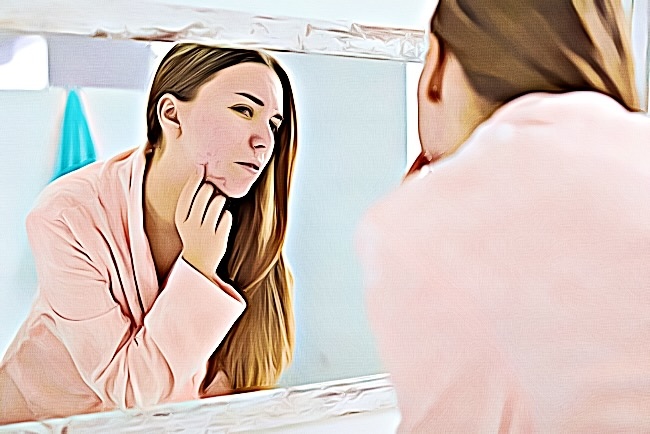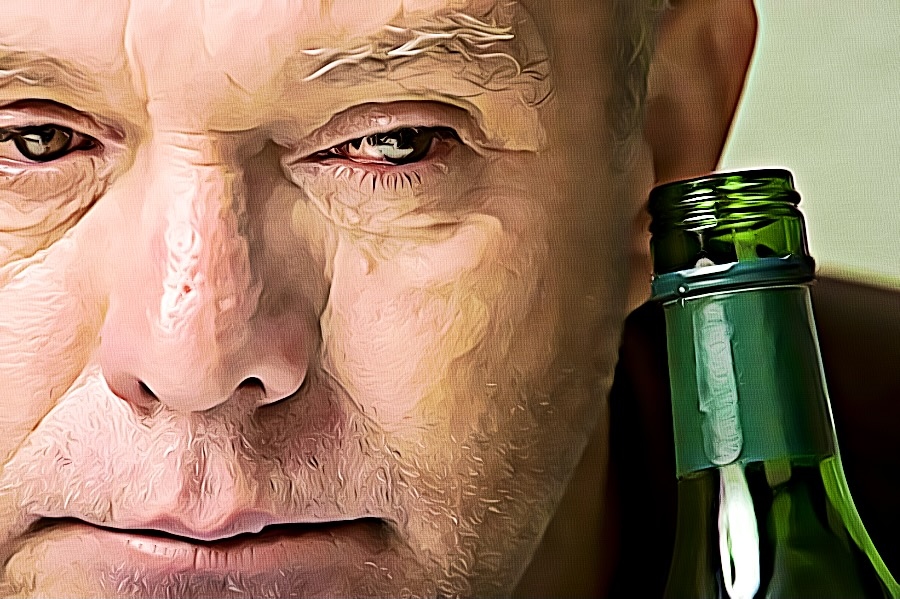How Being an Alcoholic Changes Someone’s Facial Structure
Alcohol is a substance and an ingredient found in beers, wines, and spirits that cause drunkenness. Classified as a “sedative-hypnotic drug,” it depresses the central nervous system—causing the feeling of being drunk. Meanwhile, lower doses can stimulate feelings of euphoria and talkativeness. However, having too much to drink beyond the individual’s capacity may lead to drowsiness, respiratory depression, coma, or even death.
Worldwide, at least three million deaths result from harmful alcohol use—accounting for three and a half percent of all deaths worldwide. Meanwhile, the 20 to 39 age group suffers the most alcohol-attributed casualties, totaling 13.5 percent. However, aside from the dangerous effects of alcohol abuse and addiction, it also changes the way people look over time. Although the changes are minor, they will still culminate in a noticeable difference in facial structure. But how does being an alcoholic change someone’s facial structure? Here are some ideas.
Is Being an Alcoholic Changing Your Face?
Alcoholics are known to drink more than the recommended amount of alcohol which may cause several problems because the facial skin is one of the first to show the negative impact of alcohol abuse.
Binging—when an alcoholic drinks too much alcohol in a short period—typically occurs with alcoholics, especially those addicted to alcohol. Binging has been known to cause loss of body fluids, dehydration, and flushing. As a result, alcoholics often bear red faces and flushed cheeks.
a. Mickey Mouse Face
Actual changes in a person’s facial features due to alcohol abuse may be more subtle. For instance, some of the changes attributed to the facial features of alcoholics include the development of a “Mickey Mouse” face. It manifests through a nose turning red, becoming more extensive, and developing a bulbous appearance. Meanwhile, the cheeks and the chin become more defined and prominent while the teeth and lips become more visible, causing a change in facial expression and appearance.
b. Moon-Face
Another relatively common facial feature of people who abuse alcohol is a moon-face. It results from a swollen and round facial appearance, especially around the cheeks, cheeks, and chin. Alcoholics suffering from this type of facial change are not happy about it, but not much can be done about it.
c. Facial Wrinkles
In addition to the Mickey Mouse face, another change in the facial appearance of alcoholics is the development of wrinkles. Alcohol consumption can cause facial wrinkles to appear on the face, especially between the nose and the mouth. It is attributed to a drying effect of alcohol on the skin—causing wrinkles to appear on the face.

How Does an Alcoholic’s Face Change?
In addition to the above-mentioned facial changes, alcoholics can also suffer from paler skin, less glowing skin, and a dull complexion. These skin color and texture changes can be attributed to a reduction of oxygen in the skin.
Unfortunately, there is no way to prevent alcohol abuse from aging the face. But there is also no way to reverse its effects. In the meantime, we can stop the use of alcohol and try to slow down the aging process positively—by eating healthy, exercising, and getting regular sleep.
Differences in Facial Changes Between Casual Drinkers and Alcoholics
It is not necessarily easy to tell whether or not a person is an alcoholic just by looking at them. The only way to know if a person has a drinking problem is by noticing what they do. On the other hand, the changes in facial structure that people typically experience at first may be subtle. The only way to confirm facial changes in alcoholics is by noticing how the face changes over time.
Facial changes typical for people who drink too much alcohol are easy to notice. However, the changes are not permanent. They may resolve once the person stops drinking. Meanwhile, an alcoholic’s face may also change over time due to other reasons, such as sun exposure and aging. It means that facial changes in an alcoholic may be attributed to various factors, such as excessive exposure to the sun, smoking, and aging.
1. Lip Color
The lip color of both alcoholics and non-alcoholics is relatively the same. It is usually described as having a reddish, rosy color.
2. Dry Skin
The effects of alcohol abuse on the skin are similar to normal aging on the skin because the drinker is not getting enough nutrients and oxygen to the skin, creating dry skin and causing premature aging.
3. Loss of Facial Fat
As with aging, alcohol abuse tends to make the skin look thinner. The skin can also lose its elasticity, especially on the lips and cheeks.
4. Wrinkles
Aging also causes the appearance of wrinkles. It includes wrinkles around the eyes, the forehead, and the cheeks. Alcohol abuse can also cause wrinkles in these areas.
5. Chapped Lips
Drinking too much alcohol can also make the lips of non-alcoholics chapped and dry. Many alcoholics suffer from this as well.
6. Alcoholic Acne
Excessive alcohol consumption can clog the pores, causing acne or acne scarring. It causes the face to look wrinkled and old.
7. Yellowing Skin
Yellowing of skin is common in people who binge drink. It is attributed to the liver failing to break down specific components of alcohol.
8. Collagen Loss
Alcohol abuse leads to collagen loss, which can cause the face to look wrinkled and saggy.
9. Redness
When the blood vessels become more prominent and red, the face looks red and swollen. It is a standard feature on the face of alcoholics.
10. Fatigue
Another facial change caused by alcohol consumption is fatigue. The skin and face begin to look sallow and lifeless because alcohol consumption increases the number of toxins in the body.
Other Physical Changes Manifested by Alcoholics
The physical changes in an alcoholic’s face are usually subtle. However, the look is not the only place where alcohol abuse manifests through unpleasant physical changes. Other areas of the body may also suffer from the consequences of alcohol abuse. These areas include the hands, feet, eyes, and skin.
1. Aging Hands
The hands and the skin on the hands become thinner and lose their elasticity and firmness. Alcoholics tend to develop dry skin, wrinkles, and liver spots. These age spots are created because of excessive sunlight exposure.
2. Swollen Feet
The feet of people who drink too much alcohol can look red and swollen due to poor foot circulation because the brain signals the body not to send blood to the feet when the body senses that the brain cells are not getting enough oxygen.
3. Hair Loss
Another change that alcoholics experience is hair loss and skin. Hair loss is a common problem for alcoholics, especially women.
4. Eye Changes
Due to excessive drinking, the eyes may look tired, dry, and dark. Alcohol can increase inflammation, which may lead to the swelling of the eyes. It can also lead to eye problems such as glaucoma.
5. Aging Skin
People who drink more than one drink a day may develop leathery skin that looks dry and wrinkled. Alcohol can also cause certain types of acne, exfoliating, and skin aging.
Conclusion
Alcohol abuse affects almost every organ in the body, including the face. The face is one of the first things a person will notice when meeting someone for the first time. It is important to remember that the face of an alcoholic can be misleading. It cannot be relied on to determine whether someone is an alcoholic. Not every alcoholic will have the same facial features.
Fortunately, most facial changes caused by alcohol abuse are reversible if the drinker stops drinking. However, the symptoms will disappear at their own pace, even after alcohol consumption stops. The best way to deal with the impact of alcohol abuse on the body is to stop drinking. The change may be slow, but it will happen.
Source: https://ibis.doh.nm.gov/topic/lifestyle/AlcoholUse.html

